Wanting to choose one work that can offer an effective synthesis of the 18th Rome Quadrennial, Fantastica, which opened a few days ago at the Palazzo delle Esposizioni, I would not have many doubts and would immediately point to a painting by Siro Cugusi entitled Antinomie, which theartist presents as a self-portrait aimed at investigating the themes of “the mutability of the self and the consequent uncertainty of the self, questioning the boundary between reality and fiction, rationality and chaos, past and present, artificial and natural” and so on, Derrida’s quote included. It is interesting not so much because of what the artist says about his work (the description given in the catalog, beyond the brief excerpt just given, could be applied to tons of other neo-surrealist works), but because this large two-meter self-portrait that mixes so much De Chirico and a little Magritte can perhaps suffice on its own, and let it be said without fear of exaggeration, to personify the programmatic intent of accompanying the visitor along the last four years of Italian artistic productions (indeed, more: since the year 2025 is running, the project of the present and living Quadriennale is to summarize what has been done in Italy in this first quarter of the twenty-first century). It can suffice on its own for many reasons: it is an allegory of the predominance of the curators (and thus of the natural subjectivity-some visitors will perhaps say arbitrariness-of their choices), it is a summary of the fundamentally hyper-mannerist period that ’Italian art, and painting in particular, has been going through for at least a couple of decades now; it is the epitome of the quicksand in which much of a scene that, when confronted with what is happening in the world, appears increasingly marginal has become mired.
If the mouth of Cugusi’s “antinomy” were to open and begin to speak, we would probably hear words of pride, hear a voice that would begin its speech by thanking curator Luca Massimo Barbero for his choice and addressing an emotional thought to those ideal fathers who would probably also have wanted to participate in the Quadrennial when it was their turn but never succeeded. If today, after all, the proscenium is occupied by curators even before the artists, it makes complete sense that an essentially epigonal painting should succeed in emerging where those who had practiced it even thirty, forty years earlier had failed. Here, then, at the Quadriennale one finds the product of that neo-surrealist soil that was all the rage in the 1970s and 1980s, which was cultivated by legions of artists always ready to make it sprout with the most disparate fertilizers (there were those who, like Cargiolli, looked to the fifteenth or sixteenth centuries, those like Possenti thought of Chagall, there’there were the dechirichians like Nunziante, and one could give dozens of other examples) and which is back in fashion now, cleared by the international market that for the past few years has fallen in love with historical surrealism, especially that of the Ernst-Carrington side (after all, we also had a Venice Biennale all based on a post-human rereading of surrealism: perhaps, if a Cargiolli had been born thirty years later, he would be a star of contemporary Italian art today). Similar remarks could be made for most of the artists in the exhibition, starting with Giulia Cenci who welcomes visitors with the monstrous installation Secondary Forest, another work of hers that never ceases to mimic Bruce Nauman, and then Adelaide Cioni’s works in wool stitched on canvas that look like a remake of what Kounellis did fiftyyears ago, and then Roberto Pugliese’s robots that are the slightly more harmless and tame version of those of Sun Yuan and Peng Yu, and then Roberto De Pinto who is the slightly less tropical and slightly more rigorous version of Fratino, and then Lorenzo Vitturi who is the slightly less disturbing version of Caroline Achaintre, and so on: the exercise could go on for a long time, with a very significant portion of what has been arranged in the halls of the Quadriennale. It is then necessary to ask whether the exhibition has really brought the best of contemporary Italian art to Rome and whether it is really representative of what has happened in Italy in the last twenty-five years.
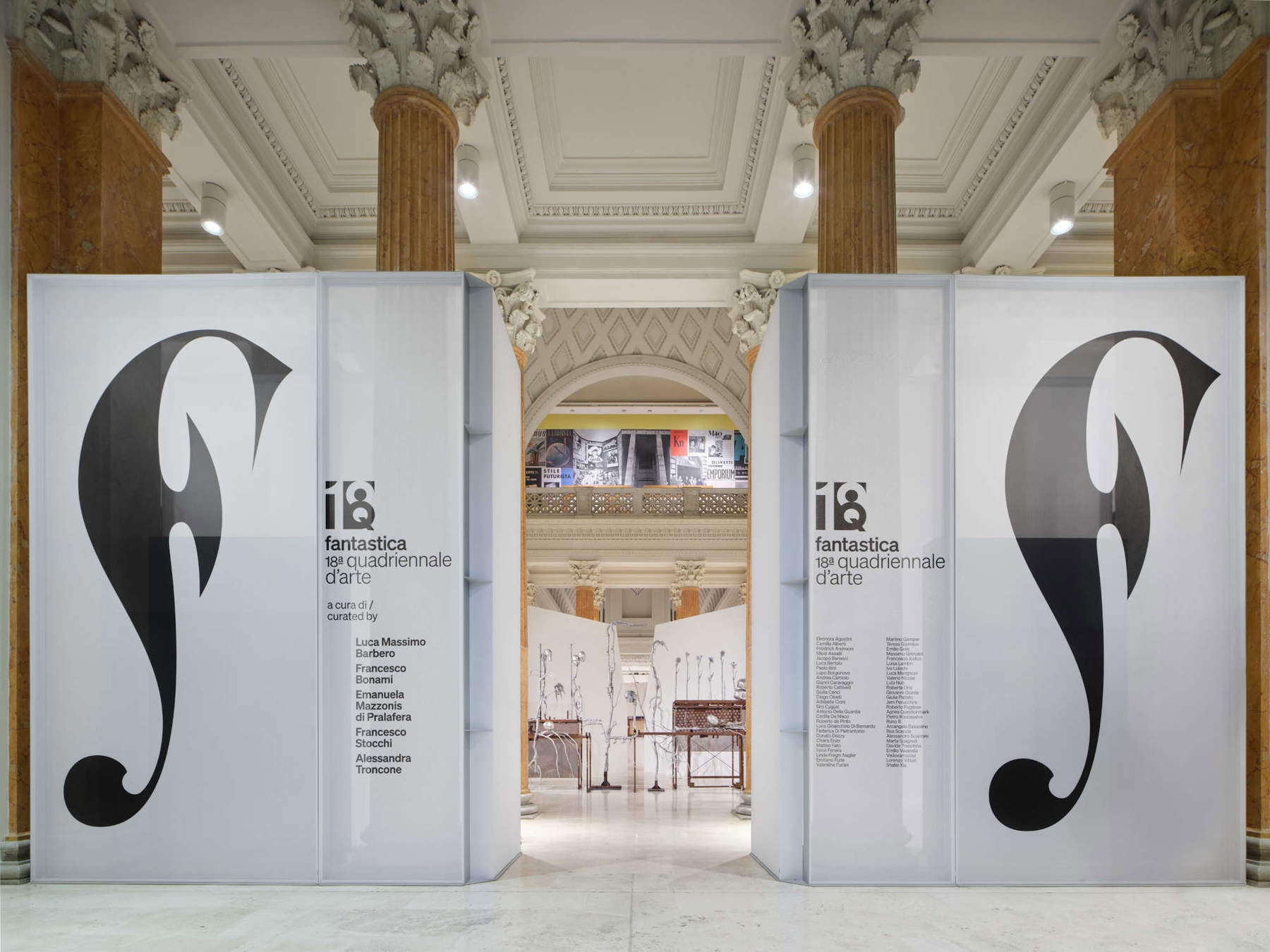
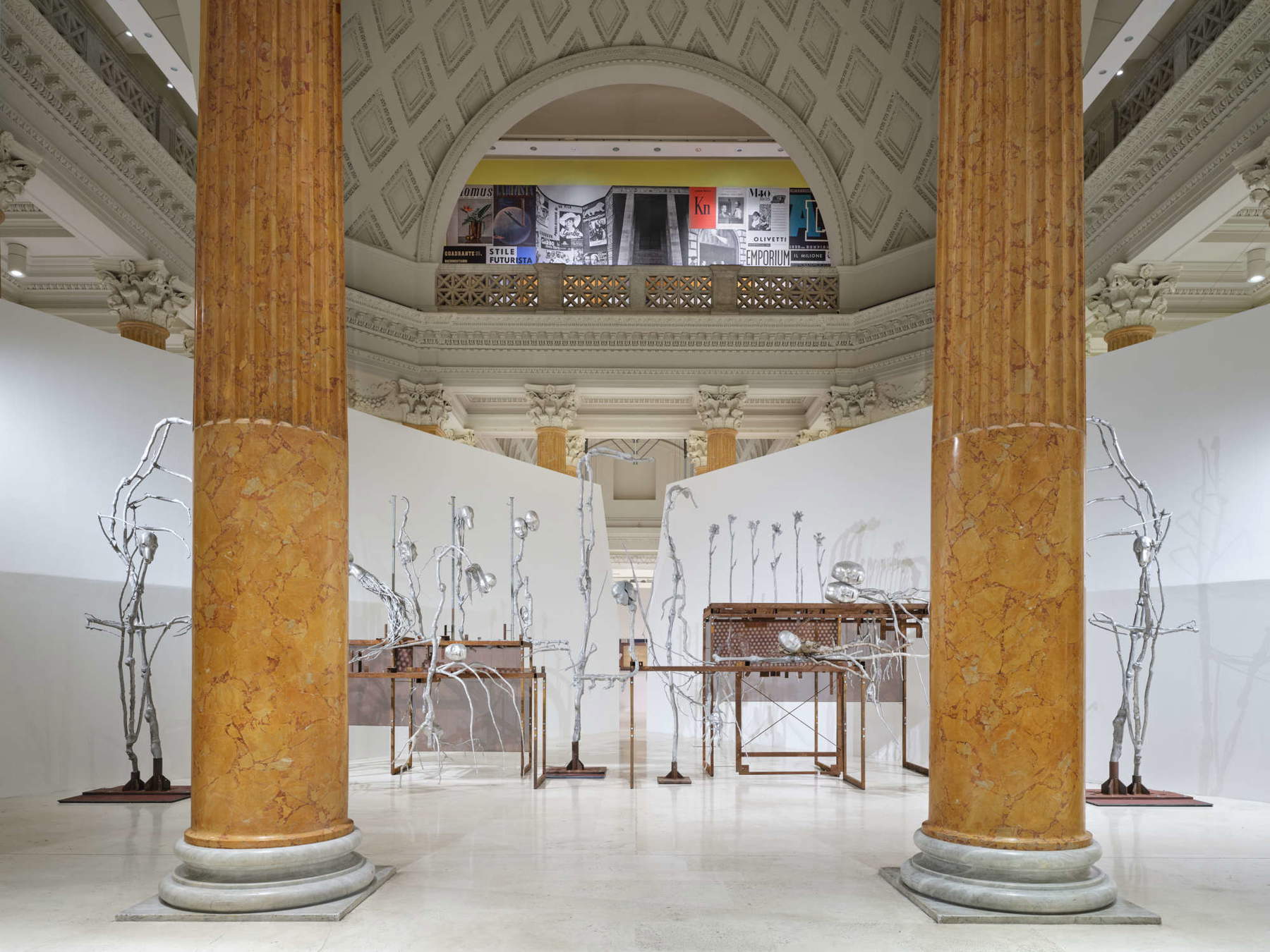
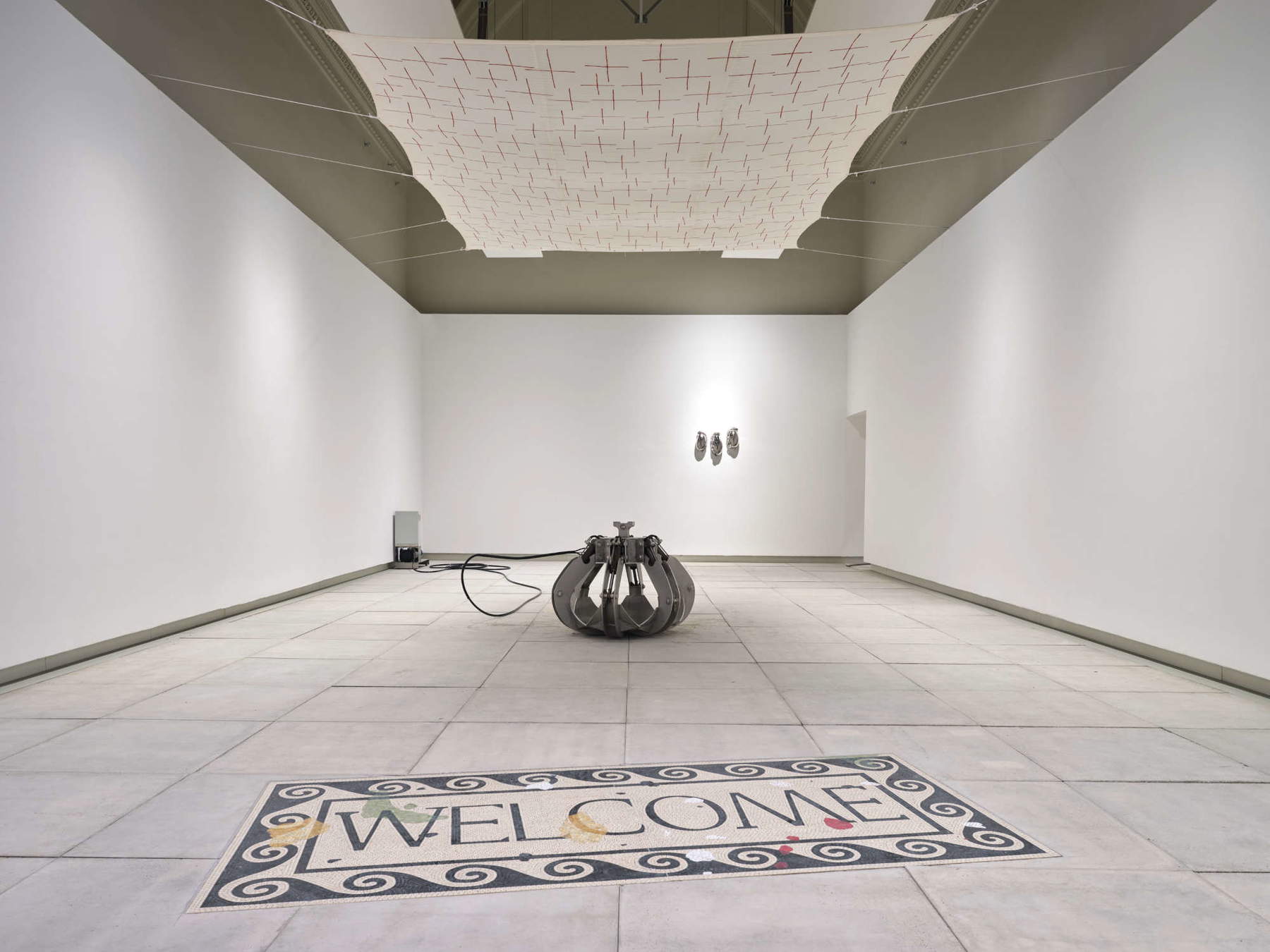
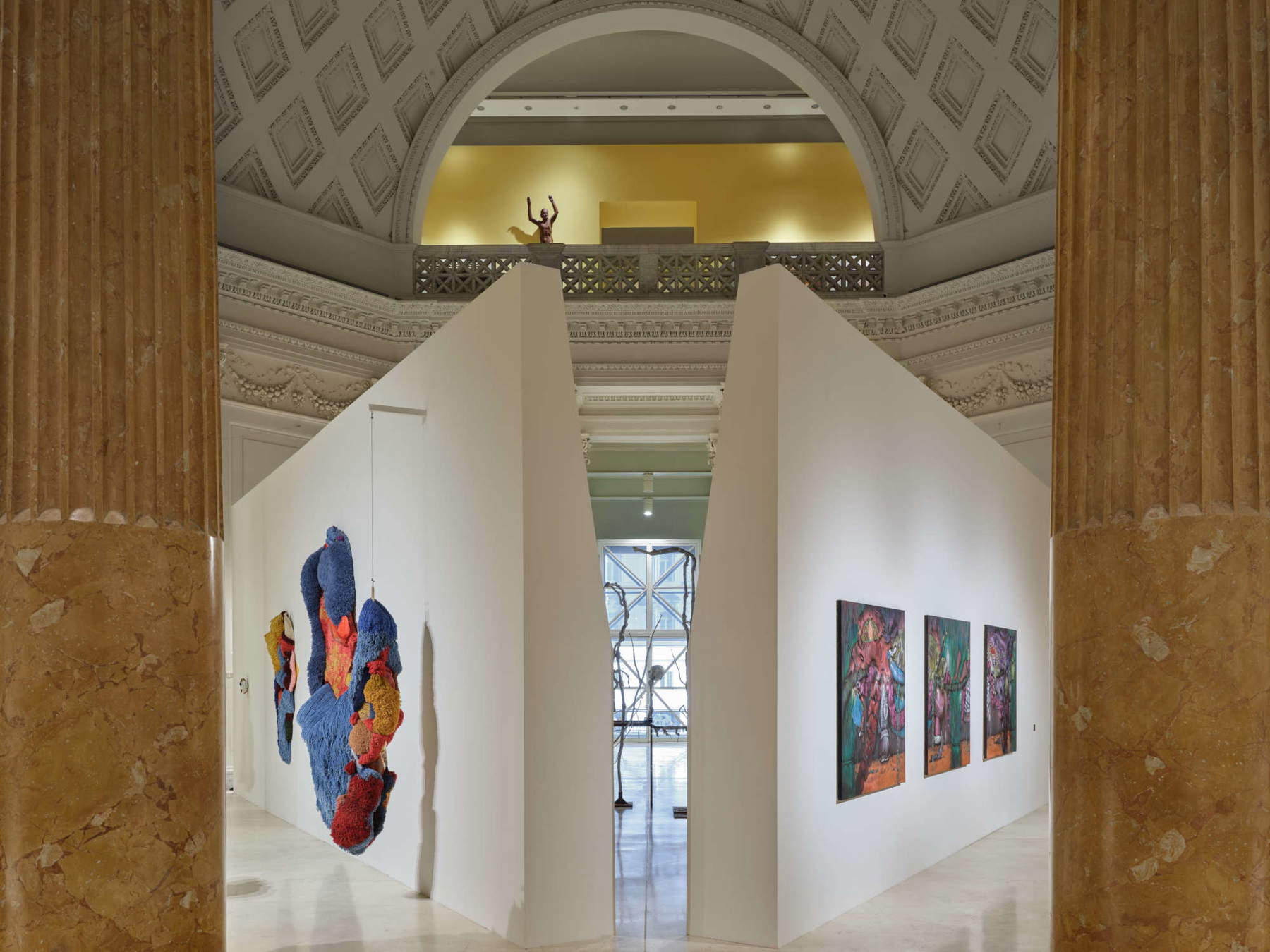
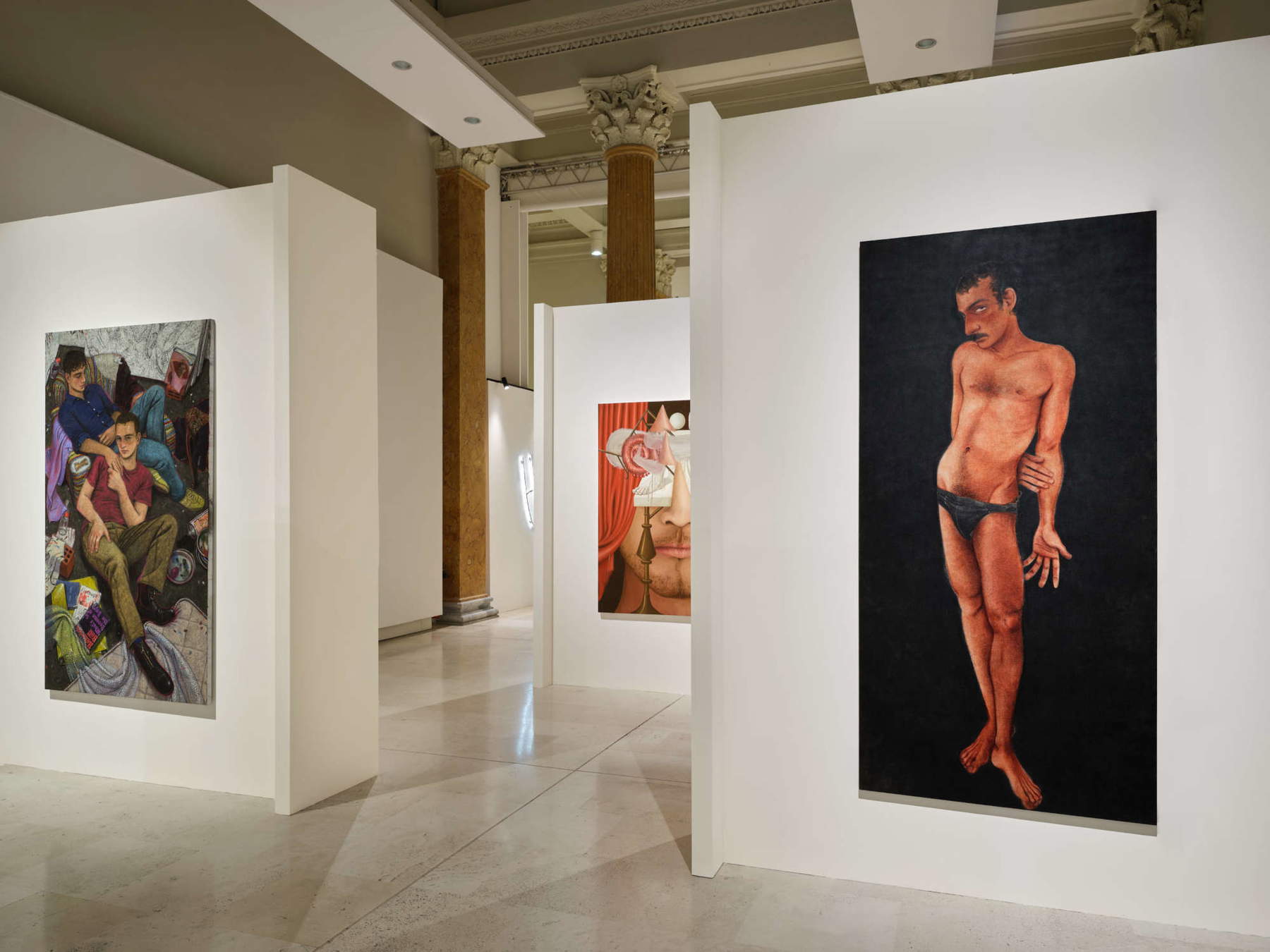
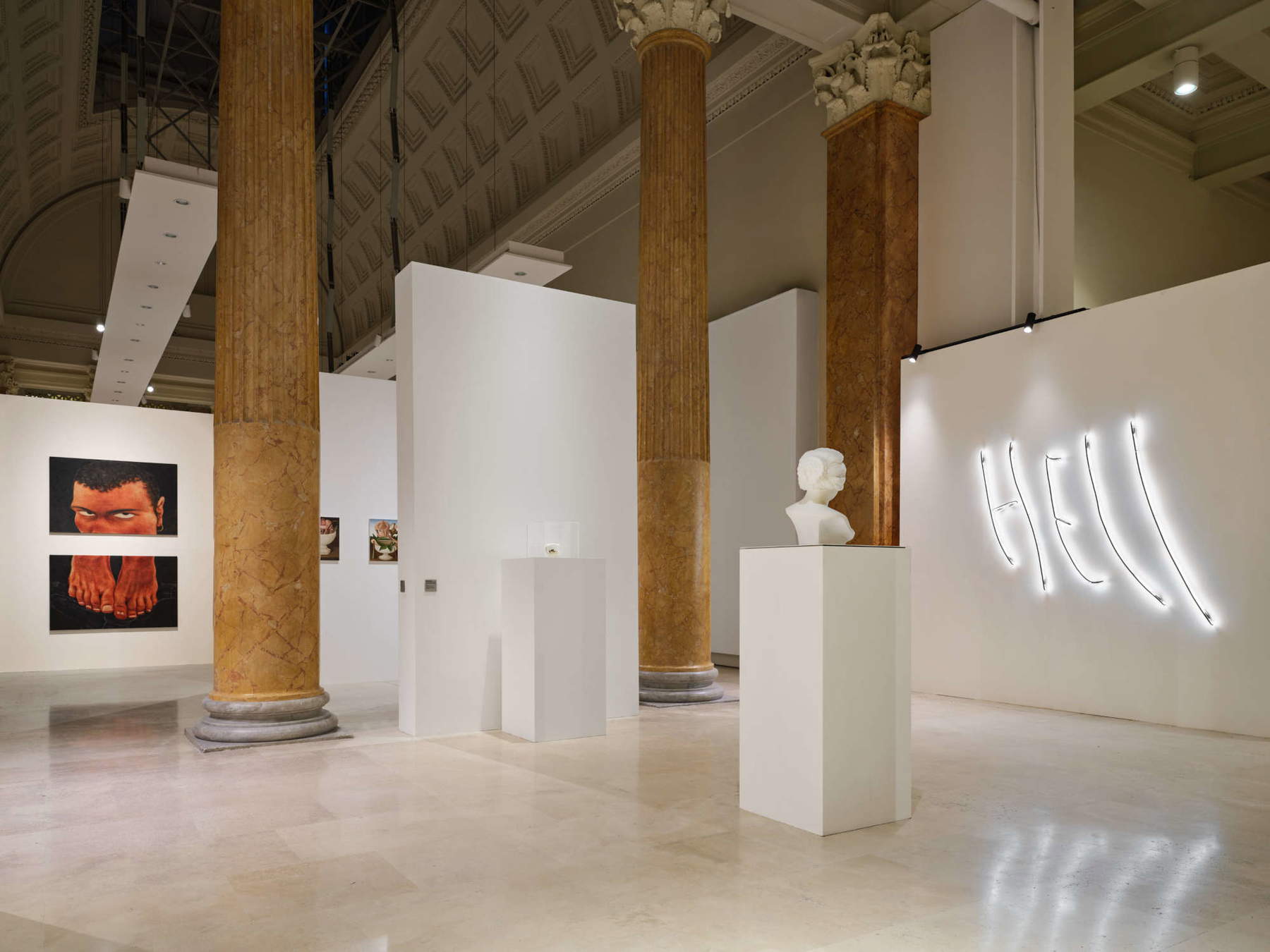
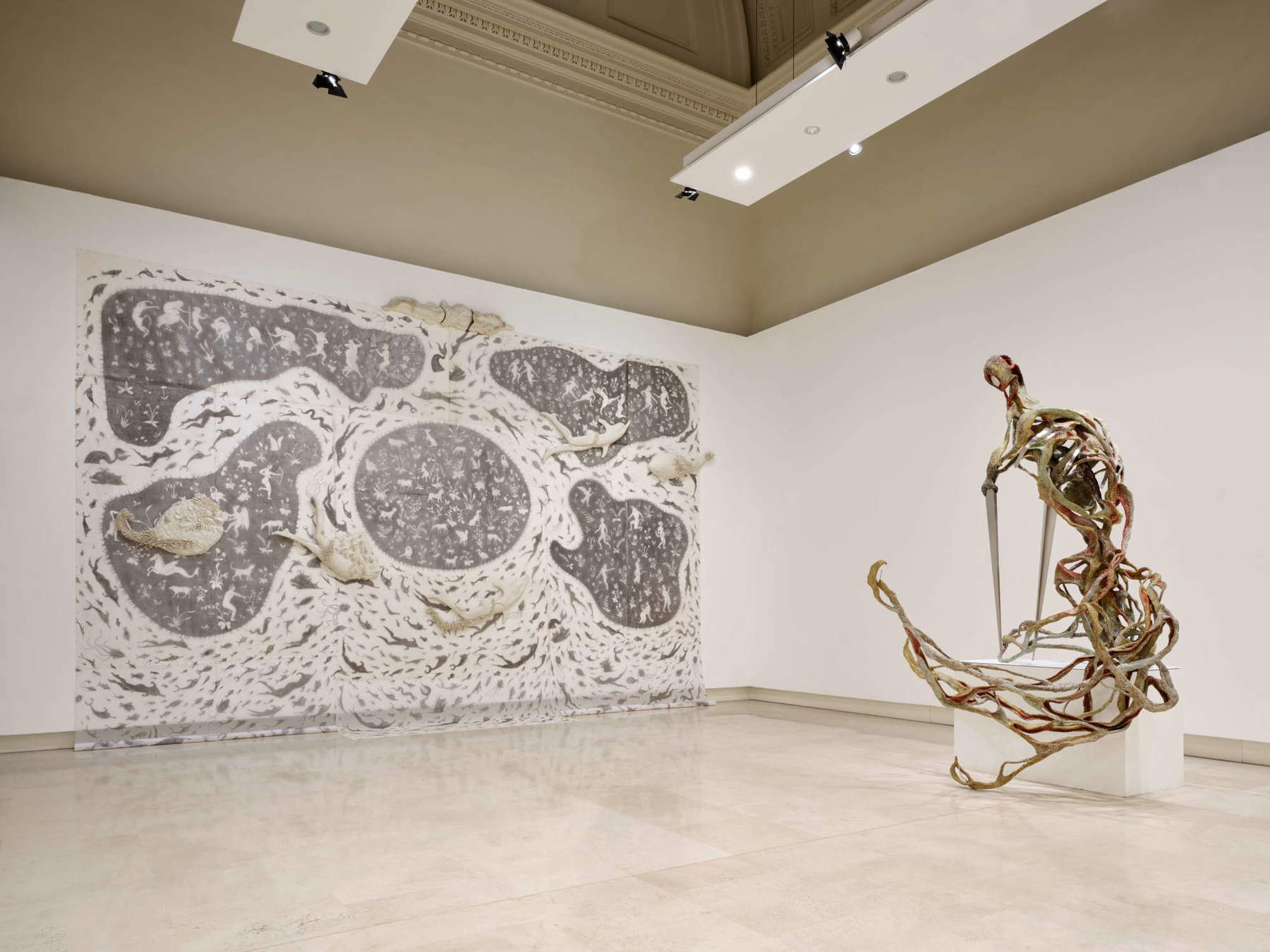
One might begin to answer by starting with the impact of this Quadrennial: a rather chaotic exhibition, with the five sections sometimes even ending up intersecting, since the planned purpose of giving rise to an exhibition endowed with a certain expressive autonomy and animated by the intention of “breaking down exegetical stereotypes” in the “sign of the power of imagination” seems almost to have crushed the possibility of an orderly itinerary, both in terms of layout (impeccable and even exemplary when it comes to the presentation of the works - looking at the so-called display, we are talking about one of the most enjoyable contemporary art exhibitions of recent years - but difficult to follow if one tries to give order to what one sees), and, above all, in terms of conception. The late Luca Beatrice, who died too soon, cultivated the idea of a multiple exhibition, based on a “polyphonic writing” that, it was said at the presentation already a year ago, would not highlight any Italian specificities but would explore themes that are being debated globally, without being given a set direction, but giving a mandate to the five curators to investigate as many themes (summarizing: Luca Massimo Barbero the self-representation, Francesco Bonami the memory, Emanuela Mazzonis di Pralafera the state of photography, Francesco Stocchi the autonomy of the artist, and Alessandra Troncone the body). The result is an exhibition that resembles a film in episodes in which, however, one senses the lack of an underlying tightness and where each of the five directors acted on his or her own, often in a totally opposite way from his or her colleagues, almost as if they had all reasoned and worked in watertight compartments. Certainly, there will be a large part of the audience, perhaps even a majority, who will enjoy visiting an amiably subversive, rebellious but not desecrating exhibition, which at times seems to deliberately want to dispense with establishing points of reference, while at others seems to follow more classic and established patterns. If, however, it is necessary to keep faith with the purpose, moreover, proper to the Quadriennale di Roma, of proposing “a broad overview of the creativity of contemporary Italian artists” (I use Minister Giuli’s expression) or of showing “where contemporary art is going or wants to go” and “which direction it is taking....contemporary art” and “what direction that which is dearest to us, Italian art, is taking” (here I adopt instead the phrases that Roberto Papini, in 1931, used to summarize the objective of what was the first Quadriennale: the intentions of the exhibition, in almost one hundred years, have not changed), then the substantial, pleasant, intriguing anomie to which this eighteenth edition is subject will perhaps end up leaving a little disoriented that part of the public that will enter Palazzo delle Esposizioni to understand where it is going or where it wants to go Italian contemporary art.
One thing, however, is clear: this exhibition certifies beyond a shadow of a doubt that, today, the protagonists of contemporary art are not the artists but the curators, since it almost seems to be an exhibition dedicated more to curators than to artists. The sections are named after the curators, the names of the curators are written in large print almost everywhere while those of the artists, smaller, are provided at the opening of the sections, the choices of artists respond solely to the inscrutable judgment of the curators (and as a result, here again, we will have to talk more about the curators’ projects than the artworks). And this protagonism is felt, paradoxically, especially in the sections where the curator’s presence should be felt less, or where it is the curator who entrusts the audience with “the task, not theobligation, of finding connections, real or imagined, among the various artists, or perhaps finding none, confirming the autonomy or perhaps the insularity of each of them” (so Bonami in his one-and-a-half page essay). One feels it more as one perceives the jarring between the founding gesture of choice and the more or less marked willingness to step aside. Willingness to step aside that then, in reality, is never pushed to extremes: in Bonami’s selection (it is the one with which the exhibition starts, and it is probably also the weakest), moreover set up according to the criterion whereby a single room is dedicated to each artist (praise be given to architects Marco Rainò and Barbara Brondi for having created a layout capable of unraveling with a certain, calculated spontaneity that somewhat masks the obvious strains that such a strong curatorial configuration necessarily entails), are seen to be largely devoid of a distinctly Italian character because that is the direction in which the curator has leaned. “Theoretically,” Bonami writes, “if the works of the artists I selected were presented anonymously, no artist could be identified according to criteria of nationality, gender, ethnicity, let alone social affiliation. Biographical invisibility allows a freedom both of fruition by the viewer and of presentation by the artists themselves.” It is true what Bonami says: but Italian artists, for as long as there has existed a history of art that can be considered Italian, have opened paths or, in more recent times, have had market feedback and international relevance either because they are breakthrough artists (and currently it is not given to see so many of them) or because they they have based their art on markedly national elements, otherwise the risk is that of self-condemning globalism, often moreover decorative, which may work just between Bolzano and Syracuse but, as soon as they cross the Alps, critics and the market will tend to reward the foreign original rather than the national epigone (to say: between a Vitturi discovering the anatomy of an Andean piece of wool and an Andean artist, outside our latitudes preferences will converge on the Andean artist). They escape this logic, for example, artists such as Chiara Enzo, who stands in the groove of an almost sculptural attention to detail and a cult of drawing that are linked to the Italian figurative tradition and recall in some ways the practice of Domenico Gnoli and in others the sense of suspension proper to metaphysics, or such as Bea Scaccia, who has not lived in Italy for many years and therefore perhaps struggles to be considered a fully Italian artist.
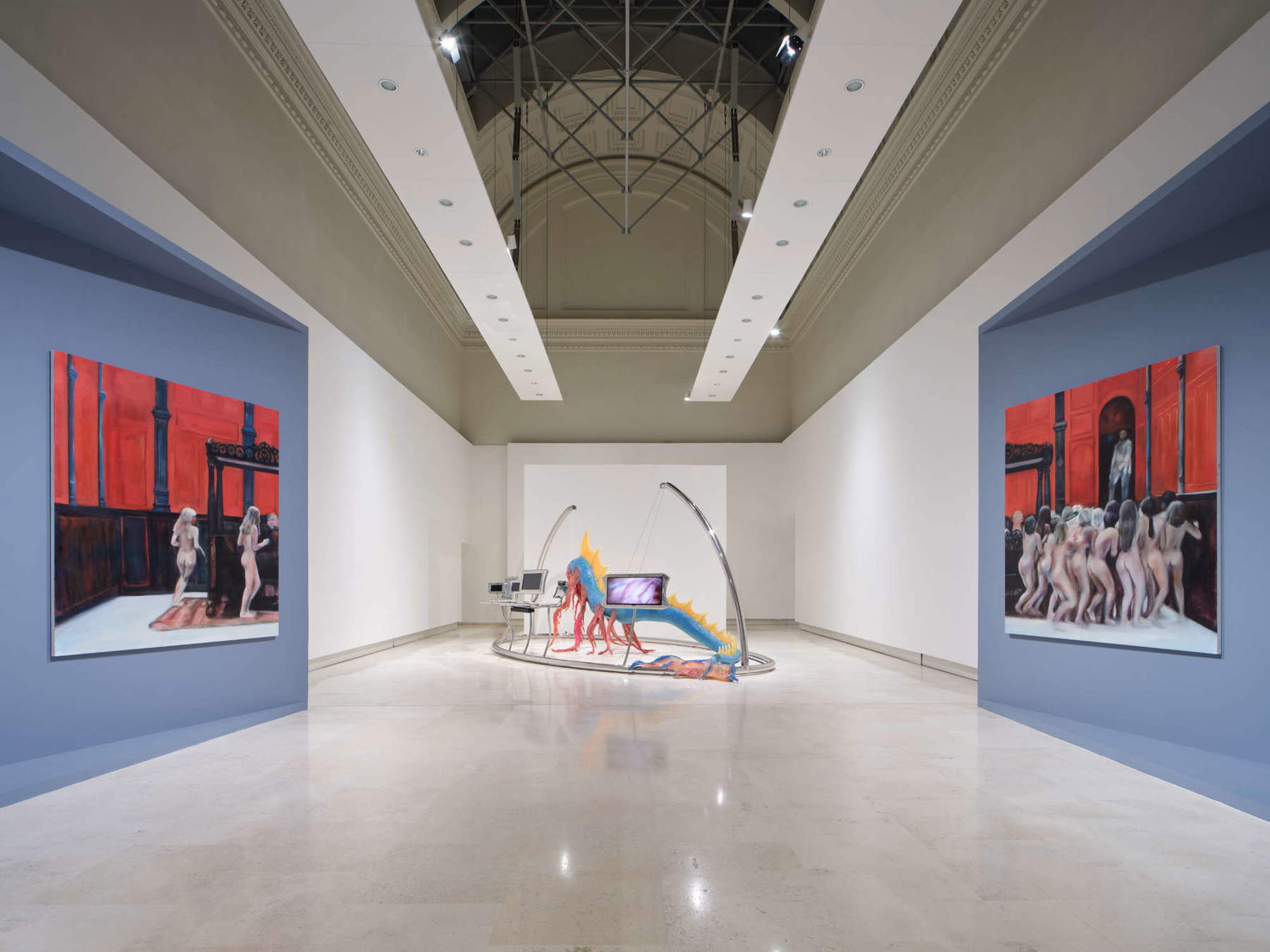
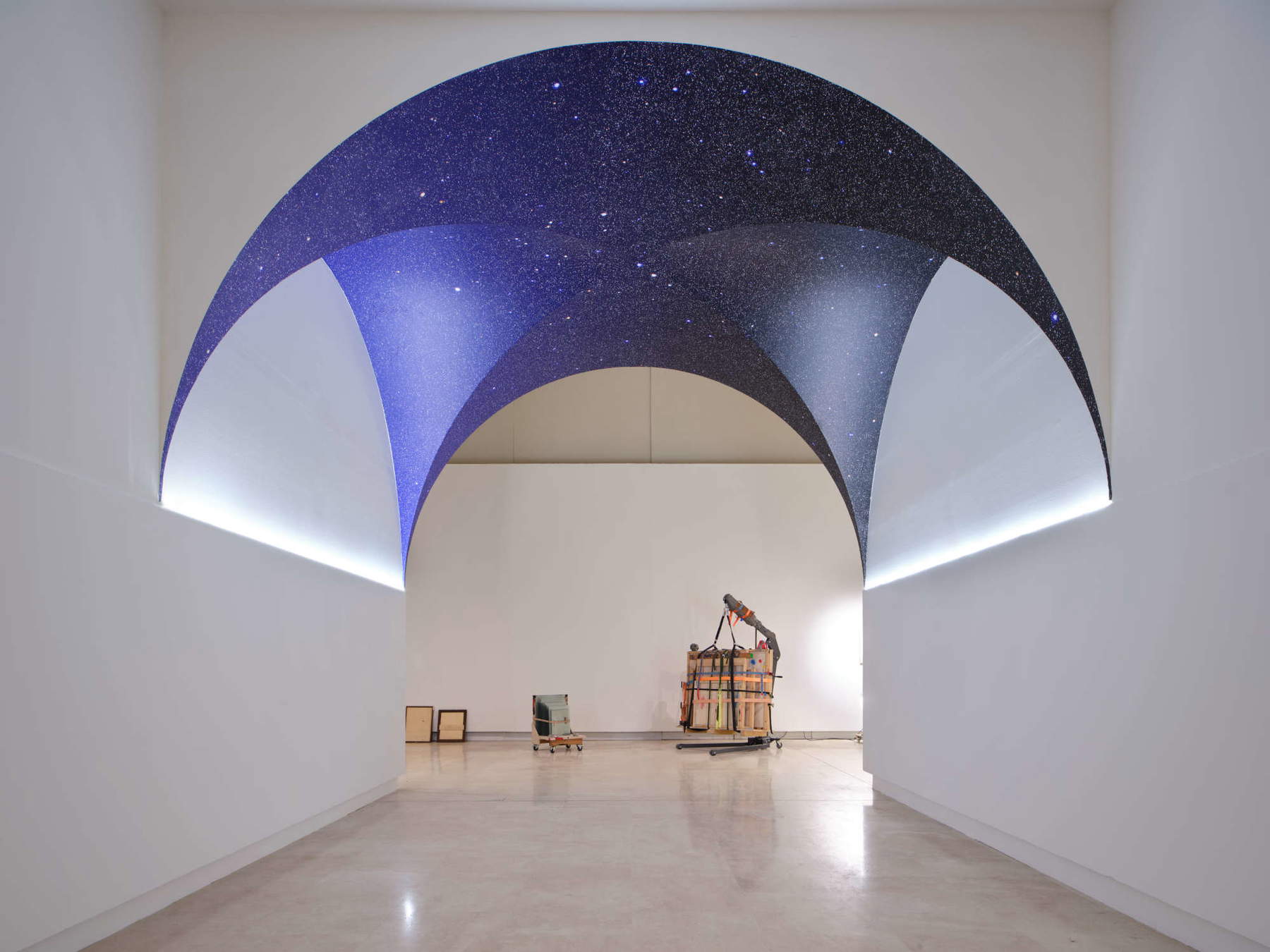
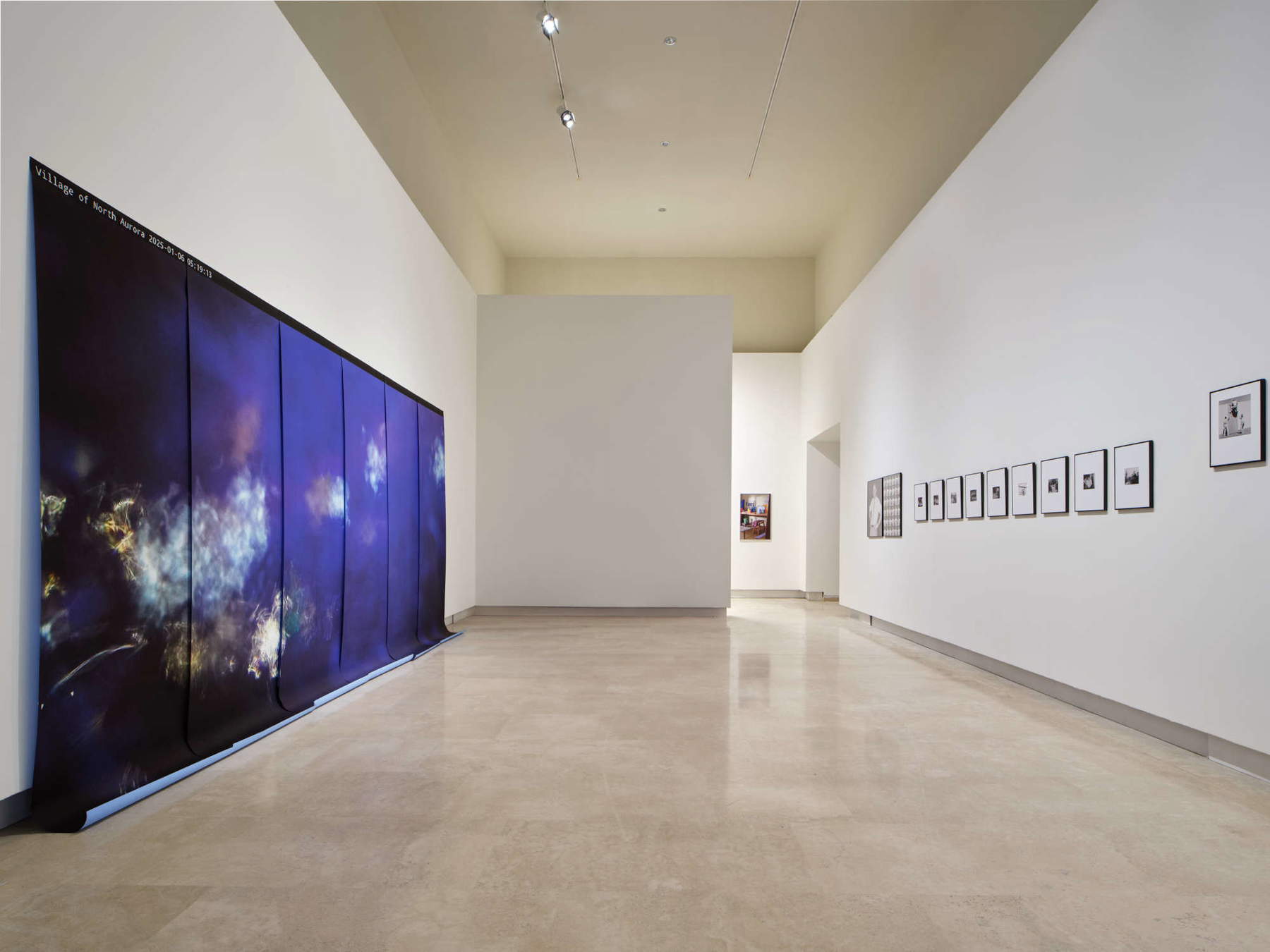
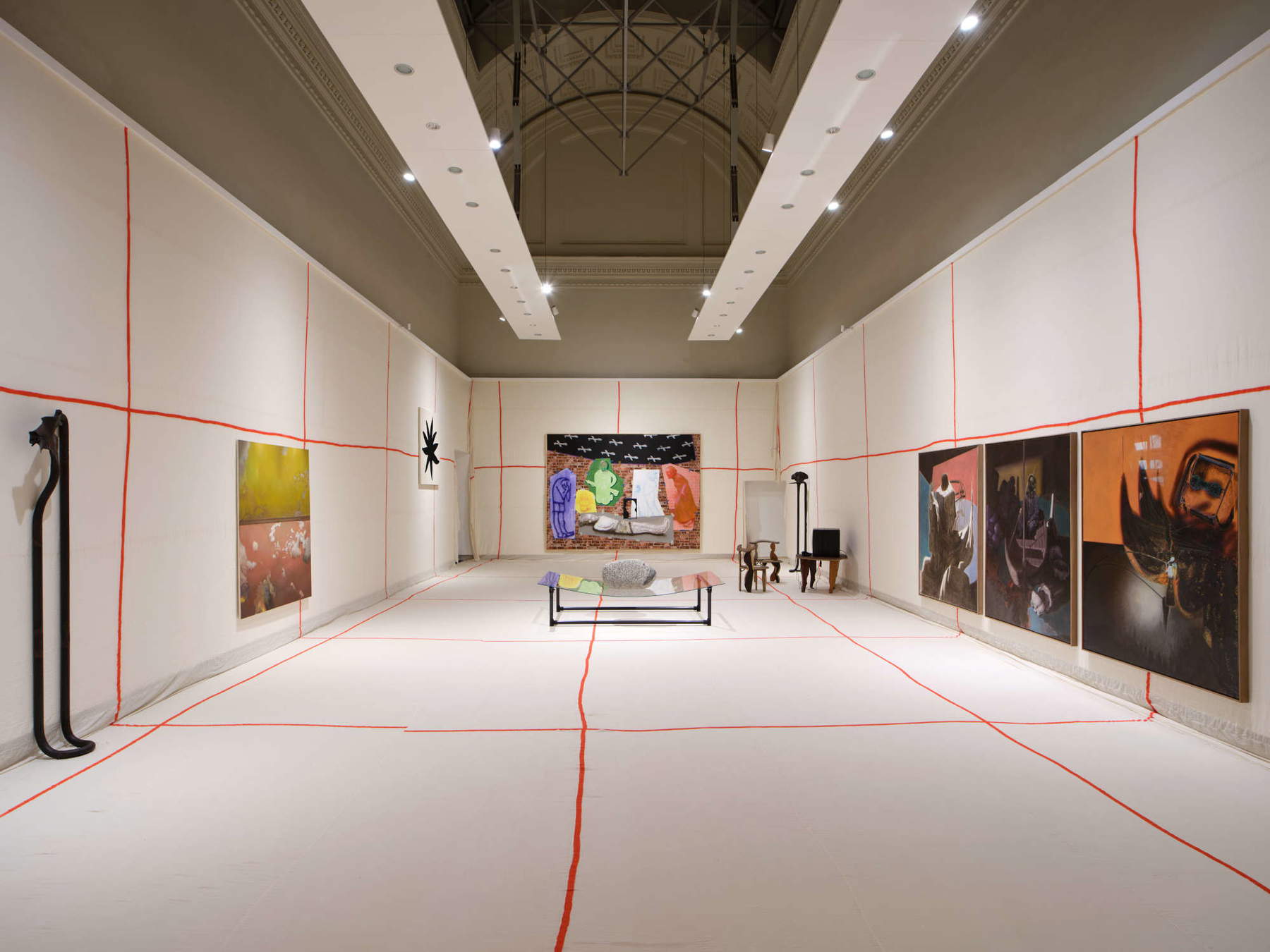
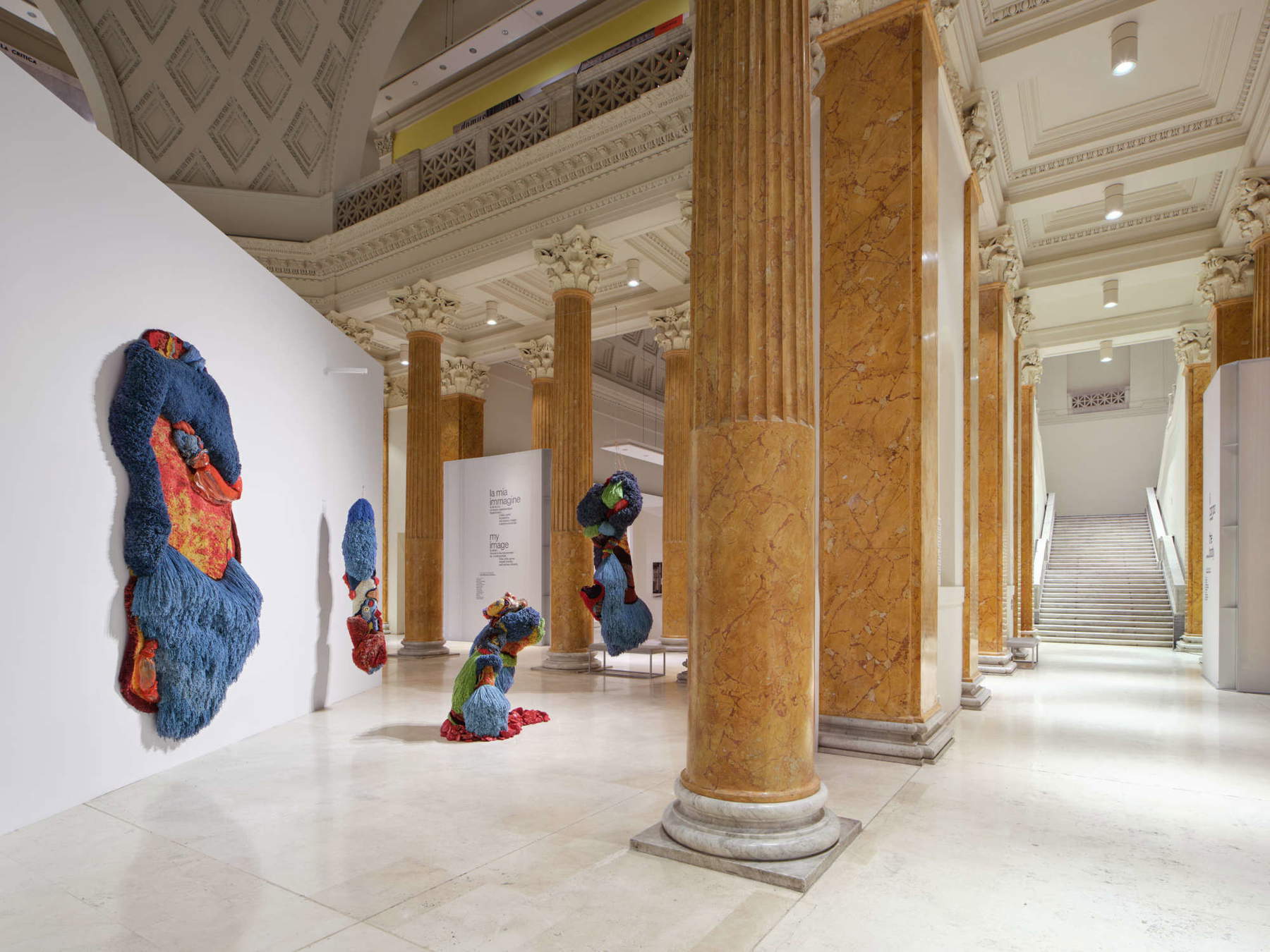
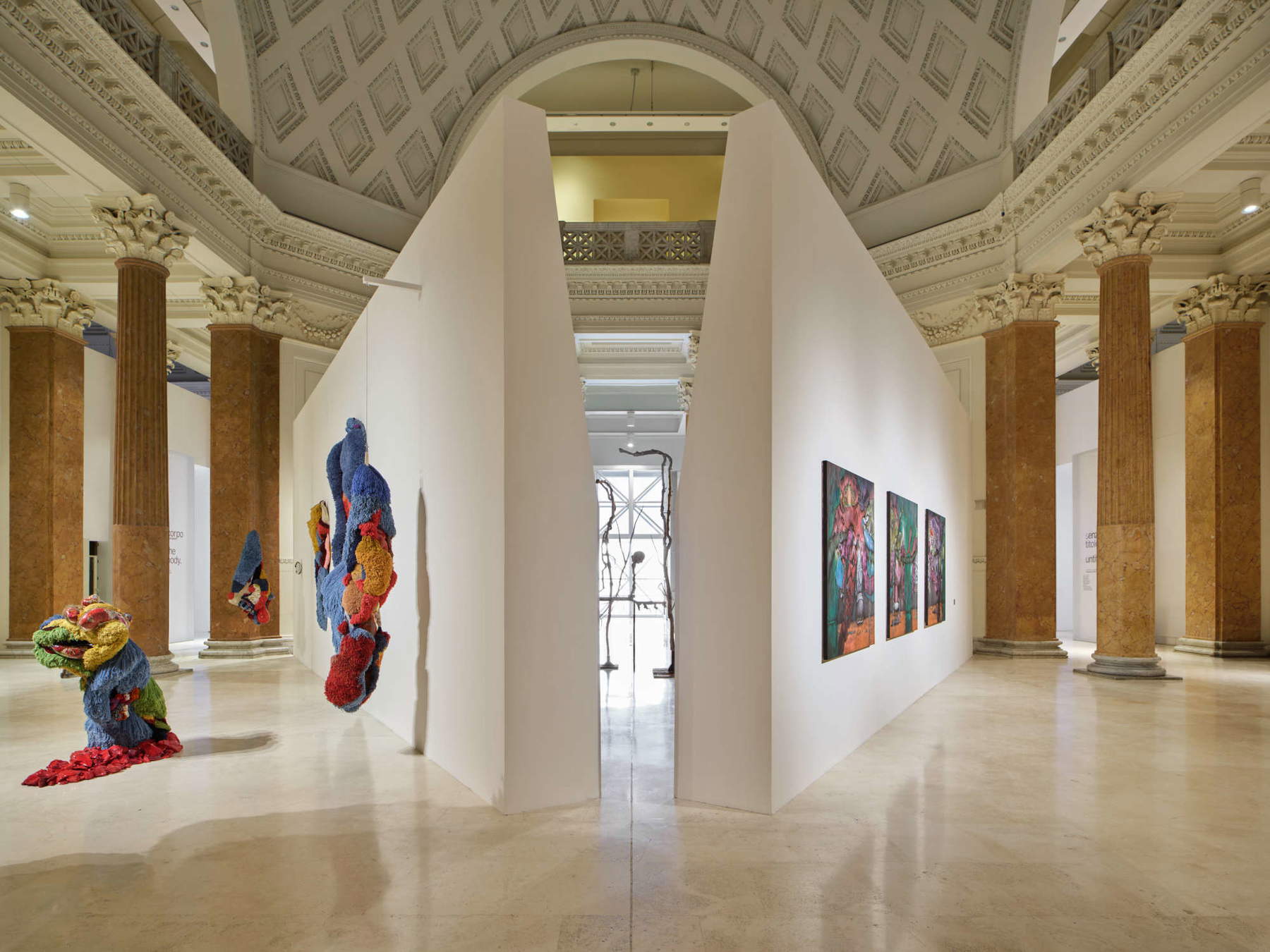
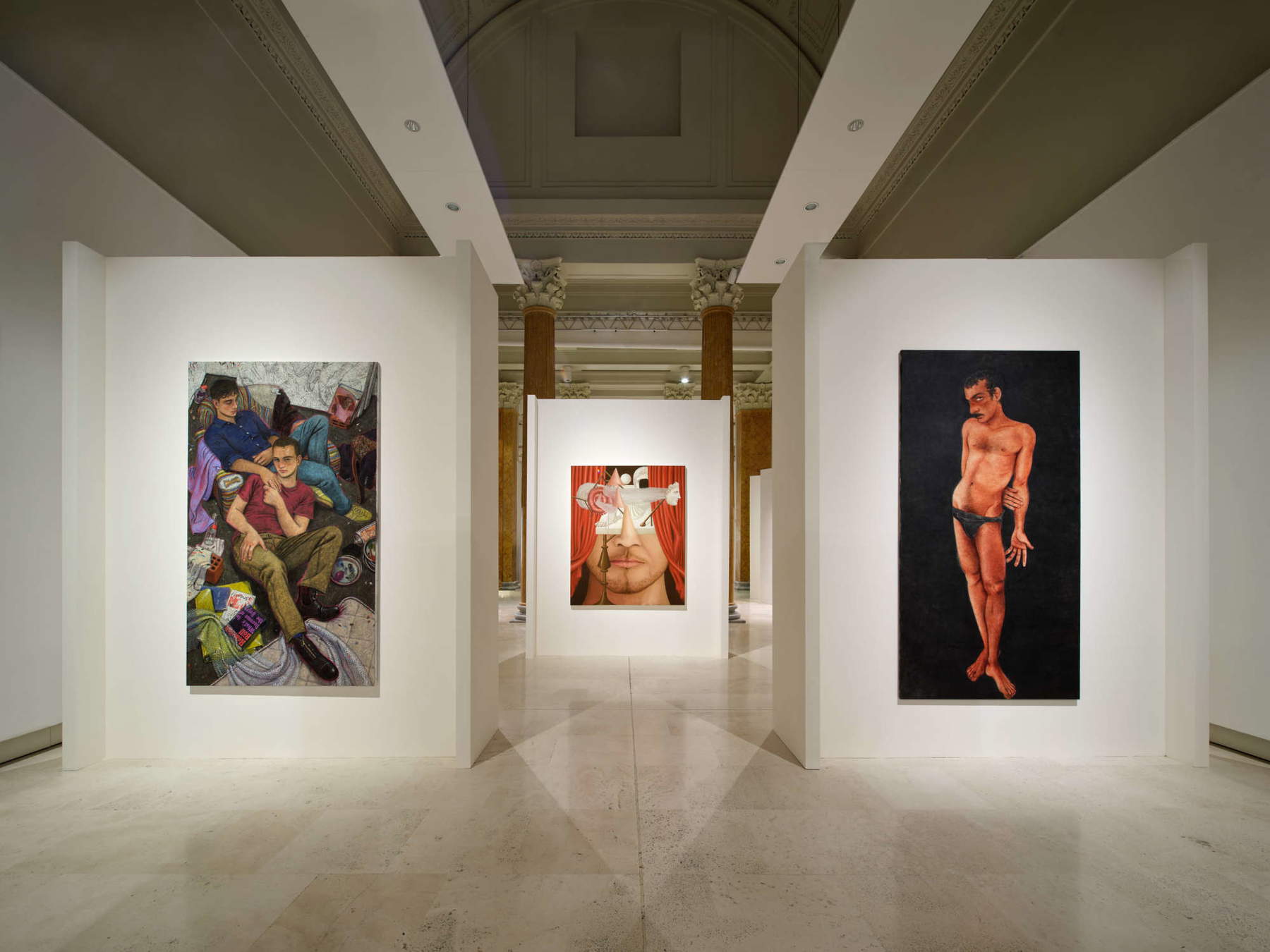
After Bonami’s section comes Troncone’s which is perhaps the one with the most classical slant, with its investigation of the body understood as “the subject of a double movement: on the one hand it progressively vanishes in the hypertechnologized society, on the other hand it is present as an object of continuous attention, on a medical, social, psychological level.” And his entire selection, which obviously cannot disregard all the reflections on the post-human that animate part of the philosophical debate today and that have given sap to the 2022 Venice Biennale, intends to account for this dichotomy: technological, hybrid, modified bodies on the one hand (here is Agnes Questionmark with her pseudoscientific mutations, or Diego Cibelli with his ceramics in metamorphosis), and bodies at the center of social discourse on the other (the work in Antonio Della Guardia’s hypnotic performance , which will be repeated throughout the Quadriennale, sexuality in Iva Lulashi’s paintings). Beyond some rather predictable or somewhat unresolved ideas (Roberto Pugliese has already been mentioned, but the same can be said of Emilio Vavarella, who created a kind of interactive work: the visitor sends him his saliva, the artist extracts the visitor’s DNA and, for the sum of only 1.500 euros, converts the molecule into a textile weave, based, however, on an algorithm decided by the artist himself), is the section from which the problems emerge most clearly and where the works best manage to escape their condition as accessories to a curator’s position. A risk that, at least in theory, the works chosen by Francesco Stocchi for his section, left untitled and aimed at affirming the autonomy and centrality of the artists, should not take: it should be the most radical section of the Quadriennale, since the curator is proposing to the public an exhibition built entirely by the artists (the works of Arcangelo Sassolino, the large steel spider from 2008 that walks and falls around the room, which is the most powerful of the Quadriennale, and the stone suspended on curved glass, and then Luca Bertolo’s Lamentation , a work reminiscent of the Transavanguardia but at the same time one of the very rare works in this Quadriennale to prove sensitive to what is happening outside art, the only one in the entire exhibition to make the visitor feel, with some force, that we are back in an era of near and violent wars), in every aspect of staging, from staging to lighting, from texts to visual communication. Francesco Stocchi’s is the most interesting chapter because it rarely happens that an exhibition ends up problematizing itself and that a curator so radically addresses the theme of the hyperspecialization of our society (which, in our field, translates into the little control the artist often has over the final context of his or her work) and the limits that institutions place on what can and cannot be done inside an exhibition space: one wonders in the end, however, whether it is really possible today to make sure that the whole discourse on hyperspecialization does not remain confined to an art exhibition, whether Stocchi’s gesture is really feasible or is instead a utopian purpose, whether his model can be replicated outside the Quadriennale, and whether there can really be a’autonomy of the artist in a moment that is from the beginning chosen and defined by a curator, with the consequence that the idea of autonomy seems in any case already subordinated to a form of direction (and this, of course, without calculating that the artists are participating in an established format). One may respond by asserting that in every exhibition the selection is inevitable and that the important thing is, if anything, what happens after the selection, since the curator does not impose a visual poetics, but rather a field of possibilities. How authentic, however, is this autonomy within a system that is nonetheless driven? This is perhaps the most pressing question that emerges from Francesco Stocchi’s chapter.
More ambiguous, on the other hand, is Barbero’s theme, who is not interested in investigating it in the traditional sense, according to the parameter of the work as an explicit representation of self, but seems more resolved to explore how the artist’s self creeps, slips, amplifies, and hides within his work, even when his face is not visible. The theme is interesting, but it is so broad and opens to so many possibilities that a selection of a dozen or so artists, moreover often derivative, is severely limiting, and one leaves the section, despite interesting gimmicks (a room dedicated to silence, or a moment of reflection on landscape, but with only one artist, Paolo Bini: too little), with a sense of irresolution that perhaps would have been avoided if the selection had been more punctual and less ramified. Finally, the chapter on photography curated by Emanuela Mazzonis di Pralafera that is perhaps the most urgent and political of the Quadriennale, set up as a critical inquiry into the role that images take on in our society today, between aesthetics, perception, and manipulation. If we are overwhelmed everywhere by images, if images are “less and less something to look at and more and more something to experience and share as a ’social’ gesture,” and if today such an overabundance of images must necessarily entail a renegotiation of the relationship we have with what we see, then theart, according to the curator, should direct us to “reformulate our understanding of the image, highlighting how much the value and meaning of photographing is constantly mutating toward new and ingenious possibilities of expression.” As in the chapter designed by Troncone, here too the curator offers the audience a range of possible interpretations: the most convincing answers, among those selected, would seem to be those of Jacopo Benassi who has been trying for some time now to contaminate photography with other forms of representation and other languages, of Francesco Jodice who induces the relative to reason about what he sees and not to be a passive subject of what that it receives, by Linda Fregni Nagler who works on found photographs, and by Giovanni Ozzola who with his homage to Beato Angelico forces us to see an element that we usually tend to overlook when we look at theAnnunciation of the Convent of San Marco.
It must be said that, in all likelihood, the stated goal of “telling the story of art in Italy in the first twenty-five years of the 21st century through five paths of investigation” is probably disregarded by the very design lines that shaped the exhibition, with the curators working in an uncoordinated manner (or so it appears from the visit) resulting in such disparate outcomes, often on broad themes, seemingly unrelated to each other, with no strong overall direction to hold it all together. If the purpose was to offer a comprehensive overview (much less a “historical” overview, meaning by this adjective the idea of recounting twenty-five years of Italian art history), then it is difficult to believe that this purpose could have been achieved with five such different narratives and so intrinsically linked to the curators’ choices, especially thinking then about how the rooms were organized, with the curators’ exhibitions sometimes entering oneone into the other (a situation that cannot help but generate a little confusion in those who visit the Quadrennial) and with the artists who, on the one hand, often end up being reduced to mere instruments of the curators, and on the other hand, haveother, in turn, have declined the theme of the exhibition by “fantasizing” in the way they have found most fitting (and certainly one will not be able to accuse them of inconsistency, thinking of the title of the exhibition).
On the other hand, it will be possible to reiterate that the selection is wide, rich, varied, and nuanced (we are talking about fifty-four artists present in Rome with almost two hundred works) and that there are interesting peaks of quality, even if it is hard to say that it is representative of the Italian scene. And if it is, taking out the well-known names, one almost gets an image of stagnation, of closure, as if today the main the greatest concern of Italian artists is to appear pretty, potable and reassuring, as if most Italian artists are incapable of disturbing or being relevant, significant to people’s lives, as if even the younger artists are merely working out strategies of adaptation. The reality is that Italian art is probably less static than it actually appears, or if it really is, then it always has been (the reader is invited at this point to reread what Attilio Podestà wrote in Emporium about the 1960 Quadriennale: “The situation is what it is (of creative crisis and rampant brand new conformism”: the pessimism of the critics evidently transcends the ages). Yet the result of the exhibition might seem a little modest, moreover against a 2.6 million euro allocation. Perhaps then, in order to be truly representative, the Quadriennale should strike a better balance between the need to document the most pressing debates of the present and the need to show the public where Italian contemporary art is and where it is going? Fortunately, this year the Quadriennale is also offering the public a historical exhibition (which has not been accounted for here: we preferred to keep the focus on the contemporary part) that pays homage to the second Quadriennale, the one of 1935: interesting insights can be gleaned from it. And also a suggestion, to be seen as a boutade and not as a serious subject: upstairs, where the historical exhibition is, there are three surprising and extraordinarily mature things done by Pericle Fazzini, Corrado Cagli and Scipione, who were twenty-two, twenty-five and thirty years old at the time, respectively. The youngest of the artists on display in the 2025 Quadrennial is twenty-seven years old. And perhaps the comparison with the historical section seems a little pitiless.
Warning: the translation into English of the original Italian article was created using automatic tools. We undertake to review all articles, but we do not guarantee the total absence of inaccuracies in the translation due to the program. You can find the original by clicking on the ITA button. If you find any mistake,please contact us.